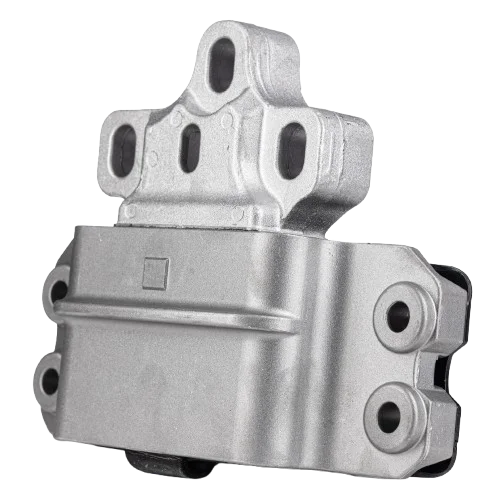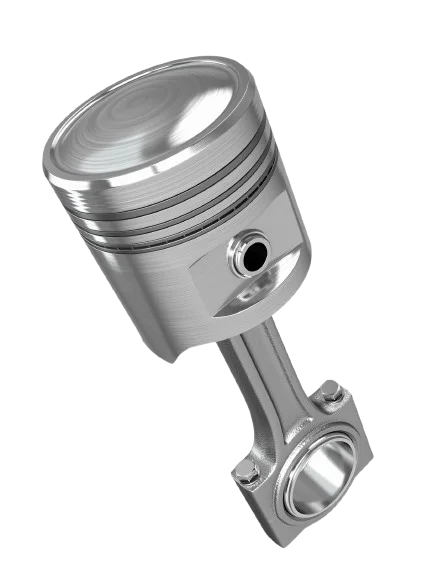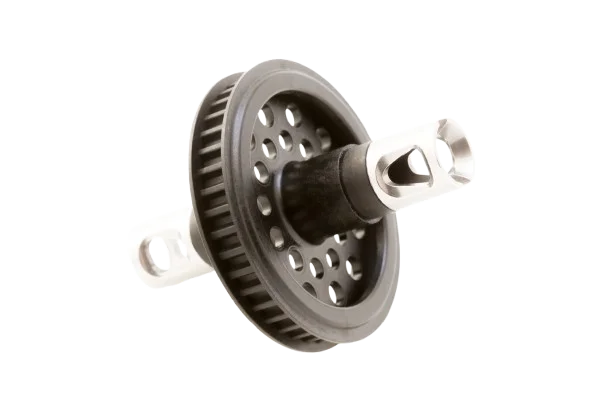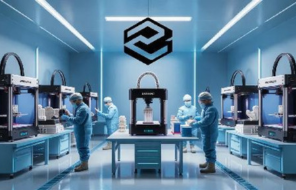Trusted by more than 10,000 engineers and procurement leaders
What Is Prototyping and Preproduction
Zeometrix offers comprehensive prototyping services to businesses and entrepreneurs worldwide. We utilize various processes to produce prototypes, including:
• Low Volume CNC machining • Low Volume Injection Molding • Low Volume Sheet Metal Fabrication • Low Volume Sheet Metal Stamping • Low Volume Casting & Forging
Our dedicated prototyping and pre-production teams collaborate with engineering and design teams from leading companies across the globe. Working with Zeometrix for your prototyping needs offers several key advantages:
• No Minimum Order Quantity
• Process Expertise
• Scalability
Partnering with Zeometrix for prototyping ensures flexibility, process expertise, and the ability to scale your production when needed.
Prototyping and Preproduction Services Available at Zeometrix
Zeometrix Sheet Metal Fabrication Capabilities
| Service | Details |
|---|---|
| Metals | DMLS (Metal Printing) in Aluminum & Maraging Steel - Block Machining in all Materials (VMC, CNC, Wirecut, EDM parts) - Sand Casting & Wax Moulding in Aluminium & Cast Iron - Sheet Metal Fabrication by lasercut, Bending, Welding & Powder coating |
| Plastics | - SLA/SLS/FDM in all plastic equivalent property materials - Vacuum Casting in PP & ABS - Metal Jet Fusion (MJF) for stronger proto plastic parts. |
| Electronics & Electricals | - PCB Component Sourcing, Fabrication & Assembly |
| Wiring Harness | Sourcing & Assembly |
How Zeometrix Prototyping and Preproduction Works
Prototyping plays a crucial role for design teams and engineers in bringing their ideas to life. It serves as a valuable tool for validating design concepts, iterating on ideas, and fostering collaboration among different teams, potential customers, and stakeholders involved in a project.
Zeometrix offers a comprehensive range of manufacturing services aimed at enhancing efficiency and value while reducing turnaround time. Our solutions result in more cost-effective projects brought to market faster. With project management support throughout the manufacturing process, we guide you step-by-step after creating a PO. Stay informed with regular updates and share project information with internal stakeholders. Upon receiving your purchase order, we conduct a formal Design For Manufacturability (DFM) review, collaborating with your team to optimize the design for manufacturing. This ensures a smooth production process, minimizes issues, and guarantees the prototype meets your design and performance criteria.

Prototyping Preproduction Faq's
-
1. What is prototyping in mechanical manufacturing?
Prototyping is a critical phase in mechanical manufacturing that involves creating a preliminary model of a product to test its design and functionality before moving to full-scale production. At Zeometrix, we leverage cutting-edge technologies such as 3D printing and CNC machining to produce highly accurate prototypes. This process allows our clients to visualize their concepts, identify potential design flaws, and make necessary adjustments early on. By engaging in prototyping, manufacturers can significantly reduce the risk of costly errors during production, ensuring that the final product meets all specifications and quality standards. Our team collaborates closely with clients throughout this phase, providing expert insights and recommendations to refine designs and enhance performance. This iterative approach not only accelerates the development timeline but also fosters innovation, ultimately leading to superior products that resonate with market demands.
-
2. Why is prototyping important in the manufacturing process?
Prototyping plays a pivotal role in the manufacturing process by serving as a testing ground for design concepts. It allows manufacturers to evaluate the feasibility of their ideas before committing significant resources to full production. At Zeometrix, we understand that early-stage validation can save time and money by identifying issues that might arise later in the process. Our rapid prototyping services enable clients to receive tangible models quickly, facilitating real-world testing and feedback. This iterative cycle of design, test, and refine enhances product quality and performance while aligning closely with customer expectations. Moreover, effective prototyping fosters collaboration among stakeholders, ensuring that everyone involved has a clear understanding of the project goals and timelines. By prioritizing prototyping in your development strategy, you can streamline your manufacturing process, reduce risks, and ultimately deliver products that meet or exceed market standards
-
3. What materials are commonly used for prototypes?
The choice of materials for prototypes is crucial as it directly impacts the functionality and performance of the final product. Common materials include various plastics like ABS and PLA for lightweight applications, as well as metals such as aluminum for more robust prototypes. At Zeometrix, we offer an extensive range of material options tailored to meet specific project requirements. Our team works closely with clients to determine the best material based on factors such as strength, flexibility, thermal resistance, and cost-effectiveness. For instance, if a prototype needs to undergo rigorous testing or mimic end-use conditions, we might recommend using high-performance plastics or metals that can withstand stress without deforming. By selecting the appropriate materials during the prototyping phase, manufacturers can ensure that their designs are not only visually appealing but also functionally sound, paving the way for successful production runs.
-
4. How does rapid prototyping differ from traditional prototyping?
Rapid prototyping represents a transformative approach in product development that significantly differs from traditional methods. While traditional prototyping often involves lengthy processes like manual fabrication or tooling, rapid prototyping employs advanced technologies such as 3D printing and additive manufacturing to create models quickly and efficiently. At Zeometrix, we specialize in rapid prototyping solutions that allow us to produce high-fidelity prototypes in days rather than weeks. This speed enables designers to iterate on their ideas rapidly based on real-world testing and feedback. Additionally, rapid prototyping reduces material waste and costs associated with traditional methods since it allows for more precise control over the production process. By embracing rapid prototyping, manufacturers can accelerate their time-to-market while maintaining high standards of quality and accuracy—an essential advantage in today’s fast-paced industrial landscape.
-
5. What are the key steps in the pre-production phase?
The pre-production phase is a critical stage in mechanical manufacturing where detailed planning takes place before full-scale production begins. Key steps include design validation through prototypes to ensure concept viability; finalizing material selections based on performance requirements; establishing efficient production methods tailored to specific designs; creating comprehensive documentation outlining manufacturing processes; and conducting thorough risk assessments to identify potential challenges ahead of time. At Zeometrix, we guide our clients through each of these steps with expertise and precision. Our focus on collaboration ensures that all stakeholders are aligned on project objectives and timelines. By meticulously planning during this phase, manufacturers can mitigate risks associated with production delays or quality issues later on. Ultimately, this proactive approach leads to smoother transitions into production, higher-quality products, and increased customer satisfaction.
-
6. How can manufacturers ensure quality during prototyping?
Ensuring quality during the prototyping phase is essential for successful product development in mechanical manufacturing. Manufacturers can achieve this by implementing rigorous testing protocols at various stages of the prototype lifecycle. At Zeometrix, we prioritize quality assurance through comprehensive evaluations that assess prototypes against industry standards and client specifications. This includes functional testing to verify performance under expected conditions and dimensional inspections using advanced measurement technologies to confirm accuracy. Additionally, maintaining clear communication between design teams and engineers is vital for addressing any discrepancies promptly. Regular feedback sessions allow for iterative improvements based on real-world testing results. By fostering a culture of quality throughout the prototyping process, manufacturers can reduce the likelihood of defects in final products while enhancing overall reliability—ultimately leading to greater customer trust and satisfaction.
-
7. What role does CAD software play in prototyping?
Computer-Aided Design (CAD) software plays a fundamental role in modern prototyping by allowing engineers and designers to create detailed 3D models of products before they are manufactured. This technology enables precise visualization of designs, facilitating modifications based on client feedback or functional requirements without incurring significant costs associated with physical alterations. At Zeometrix, we utilize state-of-the-art CAD tools that enhance our design capabilities by enabling simulations of how prototypes will perform under various conditions. This capability allows us to identify potential issues early in the development process—saving time and resources down the line. Furthermore, CAD files can be directly translated into manufacturing instructions for processes like CNC machining or 3D printing, ensuring accuracy from design through production. By integrating CAD into our prototyping workflow, we help clients streamline their development processes while achieving high-quality results.
-
8. How can effective communication improve the prototyping process?
Effective communication is crucial for success in any collaborative project, particularly during the complex prototyping phase of mechanical manufacturing. Clear dialogue among design teams, engineers, and clients ensures that everyone is aligned on project goals, timelines, and expectations from the outset. At Zeometrix, we emphasize open communication channels throughout every stage of development—whether through regular meetings or digital collaboration tools—to facilitate timely feedback and decision-making. This approach minimizes misunderstandings that could lead to costly delays or rework later on. Additionally, involving clients early in the prototype evaluation process allows us to gather valuable insights that inform subsequent iterations—ultimately resulting in products that better meet market needs. By fostering an environment of transparency and collaboration during prototyping, manufacturers can enhance efficiency while building stronger relationships with their clients.
-
9. What are common challenges faced during prototyping?
Prototyping presents several challenges that can impact product development timelines and budgets if not managed effectively. Common issues include material limitations that may affect design feasibility; time constraints leading to rushed prototypes; misalignment between client expectations and delivered prototypes; and budget overruns due to unforeseen complications during development processes. At Zeometrix, we proactively address these challenges by providing expert consultation at every stage of prototyping—from initial concept discussions through final evaluations—ensuring that our clients have realistic expectations regarding timelines and costs associated with their projects. Our flexible approach allows us to adapt quickly to changes or challenges as they arise while maintaining open lines of communication with all stakeholders involved. By anticipating potential obstacles early on and implementing strategic solutions tailored to each project’s unique requirements, we help our clients navigate the complexities of prototyping successfully.
Read more on prototype and pre production
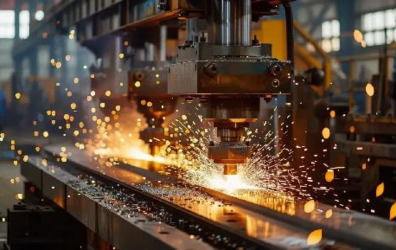
Common Challenges in Prototyping and How to Overcome Them
Orjo Bora
14-11-2024
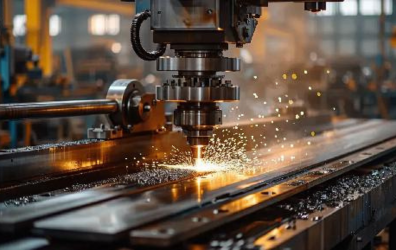
The Role of GD&T in Reducing Prototype Cycles
Orjo Bora
14-11-2024
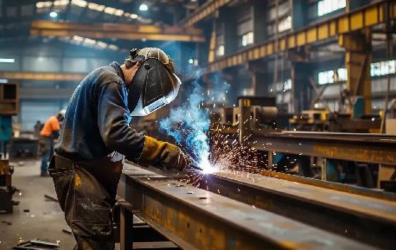
The Impact of Industry 4.0 on Prototyping Processes
Orjo Bora
14-11-2024
